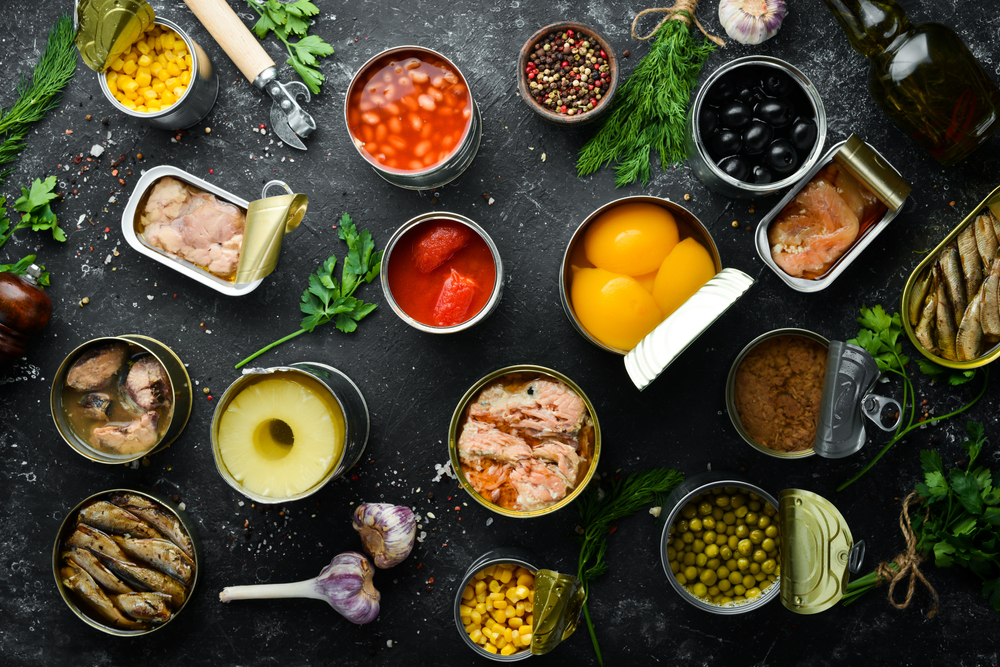
What to Eat When the Power Goes Out
The conflagration in California offers a good reminder of the need for preparedness. How many of us are in good shape to endure an extended period of devastation in which our usual utility services are not available? The Los Angeles Times this past week had an enlightening article by a reporter who is helping relatives in the stricken area, offering recommendations on how households can remain at the ready.
I’ve had my own experiences with storms that resulted in widespread outages. When I was young, blizzards and wind shut down the roads a few times, and we were without power for several days. Luckily, we had food available to eat by cooking over an outside grill. And here in Massachusetts, Nor’easters and high winds have caused multi-day outages more times than I care to count. We’ve acquired a generator as well as a fireplace grill for indoor cooking.
A useful handbook
But nothing compares to the devastation currently encountered by Californians. What happens in a disaster like this? Stores are closed, electricity is out, gas is not readily available for those generators, and we’re all left to fend for ourselves. L.A. Times deputy food editor and cookbook writer Betty Hallock recommends using the Houston Emergency Preparedness Cookbook from Houston’s Department of Health and Human Services that’s free to download and print. Turns out if you search the Internet, you’ll find similar recommendations from universities and state agencies across the country, but I find this one especially useful.
The cookbook not only has several pages on how to think ahead about a serious municipal emergency, but also recipes for preparing meals without the benefit of electricity or gas stoves. The document zeroes in on meal preparedness, beginning with potential pantry supplies: canned, boxed and bottled foods; dry mixes; and other staples that do not require refrigeration. Think about 5 to 7 days’ worth of food items that don’t require special preparation, long cooking times, lots of ingredients, or large amounts of water.
Stocking up
Canned soups will come in handy, as well as nut butters, canned or boxed broth, hard cheeses, nonperishable pasteurized milk, and condiments in small packets, not to mention processed cheese. Make sure you keep an adequate supply of fuel for your heat source, whether a camp stove, sterno stove, or grill or fireplace.
You might try out a few of the recipes some night during the week to make sure that the family will be OK with the meals. Recipes for basic hummus and black bean and mango salsa are good starters to accompany grilled fish or poultry, covered with a cheddar cheese sauce made with condensed soup and evaporated milk. How about creamy shrimp rolls made with canned shrimp, chopped celery, lettuce, and chives mixed with mayonnaise and lemon juice, then served on hot dog buns? Or chicken tortilla soup made with canned corn, beans, diced tomatoes, canned chunk chicken, and broth? Sounds like pretty good survival food. The Houston cookbook includes several pages of recipes to choose from, but the only time they’re likely to win a culinary award is during an extended emergency.



